What follows is TL;DR kinda rant. You can skip it.
It is interesting to note how the answer depends on a way the question is formulated when it shouldn't be.
For example, there are tried-and-true wiring methods for pure RS-485 networks. Industry standard Honeywell security systems use STP cables with ground wire. See Figure 3 in this bulletin for how the shield is earth-grounded at one side only, while the common "ground" wire is actually isolated from it. So, when asked about RS-485 connection I'd usually give similar advice.
In RS-485 systems with isolated transceivers the shield can be used as floating common ground, in which case it shouldn't be connected to device chassis. However, since accidental contact with ground is possible, it is better to not have it at all, relying on virtual ground instead. This would be my advice for isolated applications.
Then there is DMX, which uses RS-485 signalling while at the same time specifically prohibiting some typical EIA-485 grounding techniques. As a stickler for the standards I said "OK, let's see what is supposed to be there". What I found is disconcerting.
Standard requires one connector, everybody uses different one. The same connectors also used for line level audio, microphone connections and even power distribution. The recommended isolation of the receivers is hard to achieve in practice, especially in temporary theatrical installations. How do you guys manage doing business without electrocuting yourselves?!
Sometimes designer has full control over controller, receivers and cabling in between. This gives some leeway as we can fall back to familiar RS-485 methods. However, if there is even a slightest chance that your device will be connected to 3rd party component then you have to follow DMX practices (almost said "standard", but stopped myself in time).
Now, to move on with actual answer. There are tree important things here to consider:
- The schematics in question has 4 isolated floating grounds.
- The DMX wiring often uses STP cables with single twisted pair. Since common wire is required it leaves designer no choice but to use shield as ground wire.
- There is high probability for accidental contact of the connector shroud of one network segment's cable to the other or to the device chassis.
Which basically means that you have only one option: You have to leave 4th pin unconnected, exactly as in the article you've referenced.
This does not mean you are out of the woods yet! Note that all four connectors in the article are mounted on the chassis, i.e. the shrouds are electrically tied. If some devices (or cables) on the network have shield connected internally to their ground then plugging them into thoroughly isolated repeater will effectively neutralize the isolation. The lack of attention to grounding issues is what bugs me most in DMX approach to wiring.


